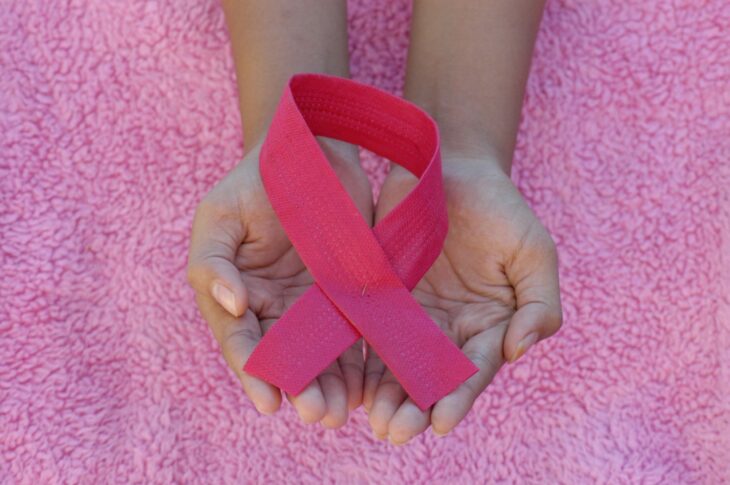Breast cancer is a common condition that happens when a tumor forms in the breast tissue. Patients with this type of tumor are confronted with a number of different treatment options, including chemotherapy, radiation, and surgery.
If the patient chooses surgical treatment, they often undergo a procedure where the tumor and cancerous tissue are removed from the breast, called a lumpectomy. In some cases, the cancer may come back and continue to grow after a lumpectomy. Doctors call this ipsilateral breast tumor recurrence, or IBTR for short.
About 8-15% of tumors recur in the same breast after a lumpectomy and radiation. When this happens, a doctor might recommend an operation that removes both cancerous breast tissue and normal breast tissue, called a mastectomy. This operation is less conservative than a lumpectomy, but can reduce the recurrence of tumors. Researchers have developed different versions of mastectomies to achieve certain goals. For example, the nipple-sparing mastectomy conserves the nipple and produces a more aesthetic result. The skin-sparing mastectomy conserves as much skin area as possible, which helps with breast reconstruction. The total mastectomy removes all breast tissue, including the nipple and most of the skin.
Doctors want to know how effective different types of mastectomies are, so they can best treat their patients. In a recent study, researchers from Cleveland Clinic investigated the differences between the 3 types of mastectomies after IBTR. Specifically, the researchers compared tumor recurrence, surgical complications, and survival rates after each type of mastectomy.
The team compiled records from 111 Cleveland Clinic patients who received a mastectomy after IBTR between the years of 2011-2019. They compared the type of mastectomy to any complications, as well as whether patients needed additional radiation treatment 90 days after surgery. The patients most commonly experienced complications like infection, death of cells by lack of blood flow, blood clots, and a build-up of lymphatic fluid and blood plasma.
Seventeen of the patients had received a nipple-sparing mastectomy, 48 had a skin-sparing mastectomy, and 48 had a total mastectomy. The patients who underwent total mastectomies were 61 years old on average, while patients who received nipple-sparing and skin-sparing mastectomies were an average age of 51. The researchers found no differences in smoking status, body mass index, tumor pathology, or cancer stage at diagnosis that could complicate results between the 3 mastectomy groups.
The team found 20% of all patients developed a complication post-operation, most commonly skin infections or inflammation. However, they found no evidence of correlations between the type of mastectomy and complications or radiation treatment 90 days post operation.
The researchers followed up with the patients 3 years after surgery, and found that 4% had recurring tumors. None of the patients who had nipple-sparing or skin-sparing mastectomies had another tumor, but 5 patients who received total mastectomies did. When the researchers performed a statistical analysis on these data, they found a larger initial tumor size was associated with tumor recurrence in these individuals.
The researchers interpreted their data to suggest that patients with large tumor sizes were at a higher risk of tumor recurrence, and should be closely monitored after a mastectomy. They noted their study was limited by the small sample size, and by the confidential nature of medicine, which meant they didn’t know how physicians decided on a specific course of treatment. They recommended doctors apply their results to help determine the proper treatment for individuals with larger breast tumors.


